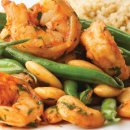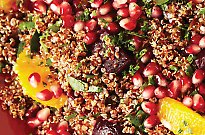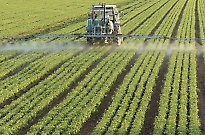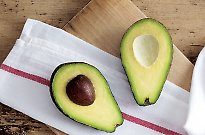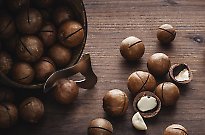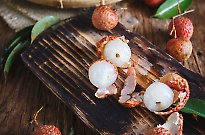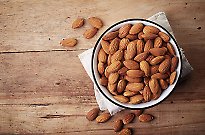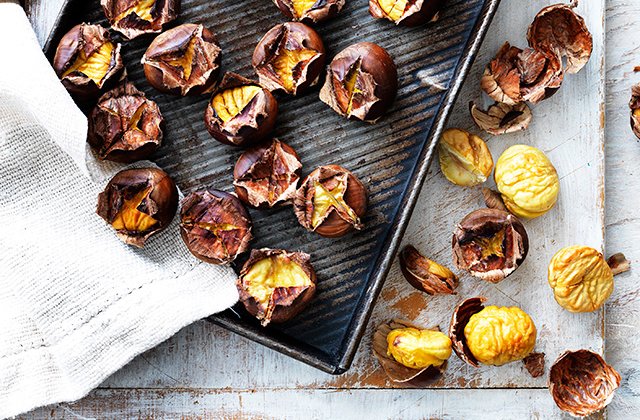
In season: Chestnuts, the clean comfort food
In season: Chestnuts, the clean comfort food

Chestnuts have been part of the staple diet of Southern Europe, Turkey and Asia for centuries, and are now gaining popularity in Australia, not only for their sweet, nutty flavour and unique texture, but also for their nutrition.
The word ‘nut’ might be in their name, but unlike your traditional nut varieties, chestnuts contain little fat or oil. In fact, their composition is almost entirely complex carbohydrates (50 per cent) and water (40 to 45 per cent) with small amounts of protein (5 to 10 per cent). This makes chestnuts nutritionally more like grains, except they also happen to be gluten free and are a source of potassium, folate, B vitamins and vitamin C – great for bolstering your immune system throughout winter. Plus, a 30-gram serve (around four chestnuts) contains only 217 kilojoules – less than the average apple!
About Aussie chestnuts
Chestnuts tend to thrive in areas that are hot in summer and cold in winter, so it’s no surprise that around 75 per cent of Australian chestnut growers are located in the northeast of Victoria. It’s estimated that there are around 300 growers in the industry, and most of these are small, family-owned farms with only a handful of large production businesses.
The nuts grow inside spiky ‘burr-like’ pods that open when the chestnuts are ripe. Depending on the variety, and to a certain extent the season, most nuts fall free from the burr to the ground – making them difficult to harvest mechanically. As a result, most Aussie chestnuts are harvested by hand.
It’s estimated that around 2500 tones of chestnuts are produced in Australia per year, and only around one per cent of that is exported. (And it’s unlikely you’ll find any imported chestnuts on the shelves.)
Most chestnuts are sold through the wholesale markets in Sydney and Melbourne, but significant volumes are also sold directly from the farms – so keep an eye out if you’re travelling in northeast Victoria. Chestnuts are in season from March to July, but cooked chestnuts can be stored in the freezer for up to six months.
Varieties
To the untrained eye, a chestnut looks like a chestnut – but there are different varieties. Unfortunately, chestnuts are not sold labelled by variety a consumer level, but you’ll be able to find specific varieties directly at farms.
The most common variety in Australia is the European chestnut (castanea sativa), but there are small numbers of the other types, as well as some hybrids. Popular varieties include Morena, Manjimup Mahogany, Neil’s Special and Autumn Bounty. There are also ‘easy peeling’ varieties of chestnuts, which includes Buffalo Queen, Red Spanish, Di Coppi Marrone and Purton’s Pride.
While they do bear similarities, varieties such as Red Spanish are great for boiling for purées and soups. Others, such as De Coppi Marone, are great for roasting because they peel easily and have a smooth texture and sweet flavour.
Tips for storing
Due to their high moisture content, chestnuts can dry out even in a cool room or refrigerator. Chestnuts should be hard and feel heavy for their size – the firmer they feel, the fresher they are. Ideally, chestnuts are stored in an airtight container in the crisper section of your refrigerator. If properly stored, they can keep for up to three weeks. However, roasted chestnuts (peeled or unpeeled) can be stored in the freezer for up to six months.
Cooking chestnuts
Chestnuts are traditionally roasted over an open fire or in the oven, but they can also be boiled, cooked in the microwave, hot plate or frying pan – or even on your sandwich press. Once cooked, their creamy-white flesh is similar in texture to a roast potato with a more-ish sweet and nutty flavour.
Words: Maddie Lakos, Jennifer Jenner (84thand3rd.com)
Chestnuts Australia
Photography: Chestnuts Australia

